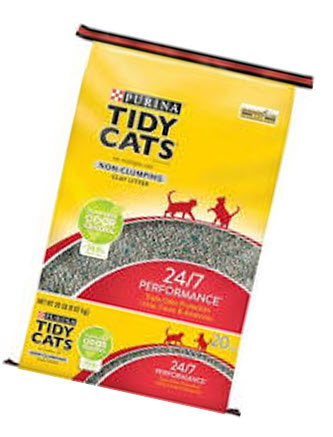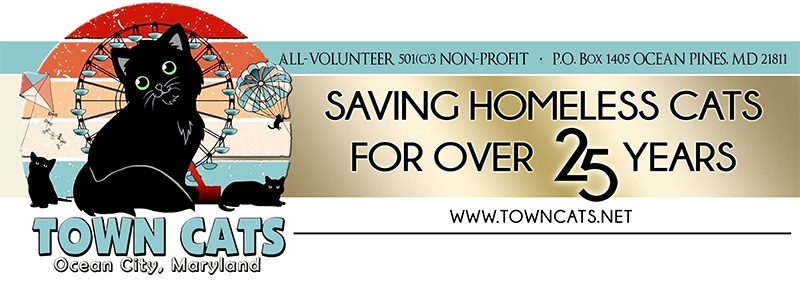HELP! I FOUND A KITTEN CHECKLIST
Depending on the age of your kitten you will need to provide these essentials immediately:
Warmth, Food and Stimulation to Void
WARMTH – Kittens Need to be Kept Warm
Kittens are not able to regulate body warmth for several weeks after being born. Mom’s body temperature is 102 degrees. Kittens up to 4-6 weeks require a constant source of heat such as a covered heating pad or a light bulb. Be sure to allow space in the kitten box for kittens to crawl off or out of the heated area to cool if they get too warm.
A kitten that is not warm enough will not be able to digest their food. The milk will begin to rot in their tummies because their body is too cold to properly digest food.
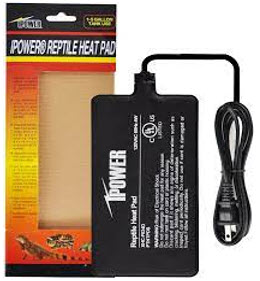
FOOD – Kittens Need Formula – NOT Milk
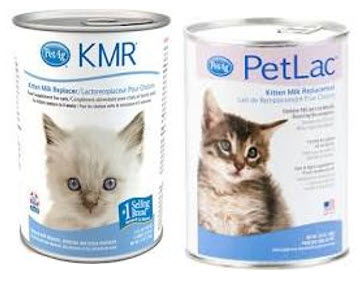
Liquid formula is easier to use since you just shake, heat and syringe or bottle feed. Mix the powdered milk replacement according to the directions and warm the milk to body temperature by checking on your wrist. This is a milk product and needs to be refrigerated after opening. I like the pink label better because it is good for 2 weeks. Always write the use by date on the container so the milk does not sour. Regular milk will cause severe diarrhea in a kitten and threaten their life.
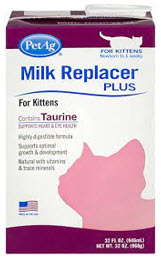
Kittens Need to Feed on Their Tummies
Feed kittens just as if they were nursing from their moms – on their tummy. Kittens fed laying on their backs can aspirate milk into their lungs and get pneumonia. After eating please remember to BURP the kittens by gently massaging them or tapping their bottoms till you hear a little “earp.” Use age as a guide to how often they need to eat. With a tummy the size of a pea, little amounts of food more often is best.
The MINI Miracle Nipple is an absolute must for feeding a kitten. These are available online. I like to use the syringe in place of a bottle so I can measure the amount of formula the kittens are drinking.
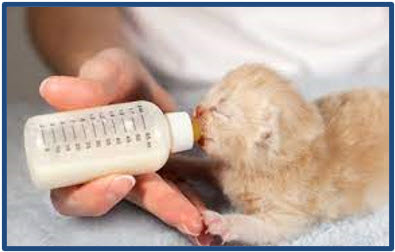

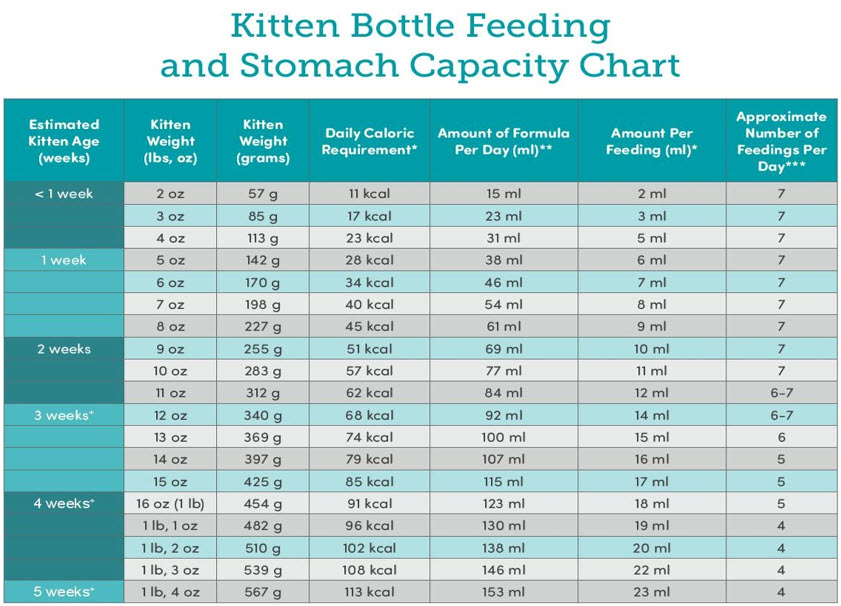
STIMULATION TO VOID – Bathroom Business
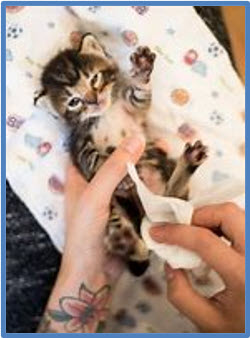
Neonatal kittens under 4 weeks old must be stimulated to go to the bathroom. Mama cats will use their tongues to lick the kittens’ genitals, stimulating them to urinate or defecate and to keep them clean. You need to replicate this behavior with a soft, absorbent material like tissues, toilet paper, or baby wipes.
Gently rub the kitten’s genitals in a circular motion, continuing to do so until they are completely finished. Kittens should pee at every feeding, but may poop only once or twice a day. Stimulate kittens at every feeding cycle, and make sure you keep the area clean to avoid scalding and bacterial buildup on their sensitive skin.
Yellow urine indicates the kitten is dehydrated and needs to be fed more often and receive more formula.
Clearer urine indicates proper hydration.
Housing & Safety
Up to 3 weeks of age, kittens do not require a lot of space. They can be kept in a storage container (WITHOUT the lid on) with a towel or small blanket in the bottom. They do not require litter or playthings at this age. They just need food, warmth and help to go to the bathroom. They should be in a safe location, away from other pets or small children.
Feeding Older Kittens
For older kittens, about 4-5 weeks old you will want to continue with formula while at the same time introducing them to kitten pate. Kitten pate is smoother and easier for them to eat as well as being higher in calories which will help them to grow and be healthy.
You will want to mix the pate with the formula into a slurry. Then build little mountain like shapes on a shallow plate so the kitten can grab the food, like they would latch on to the nipple. You might have to introduce the food to them by putting a little on your finger and wiping it in their mouth. The kittens initially might just lick their mouth and then want a bottle. You will need to repeat this over the course of a week or so until they get the idea that this is for eating. Continue to provide them with formula so they do not lose weight. Refer again to the feeding chart as a guide on how much to feed a growing kitten.
At about 6 weeks of age, dry kitten food can be introduced in a small bowl for free feeding. Canned food is preferred as it provides the kitten more hydration than dry food, but dry food is a good supplement and the kitten can feed if they are particularly hungry before the regular feeing time.
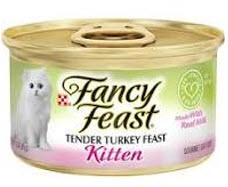
Use NON-CLUMPING Kitty Litter!
Like all babies, kittens put everything in their mouth and chew on it. This includes the litter. Use only NON clumping litter to prevent the kittens from getting digestive blockages from eating clumping litter. A small litter box or a cardboard box lid should be adequate. Kittens will naturally want to cover their pee and poop. They just have to be placed in the box once or twice after eating and it’s a natural progression for them. After 7-8 weeks kittens can be trusted with clumping litter.
Medical Concerns / Reasons to Contact a Vet Immediately:
- Diarrhea more than 1 day
- Difficulty breathing
- Eye infections
- Lack of appetite
- Respiratory infection
- Vomiting
- Weight loss or not gaining weight
Thank You for helping the kittens to survive the very first hours of their lives!!!!
Find more information and videos on neonatal kitten care http://www.kittenlady.org/webinar
